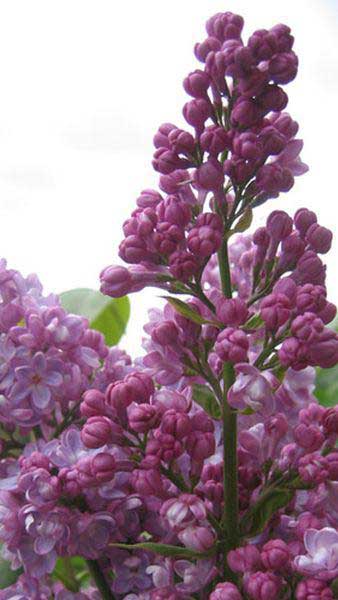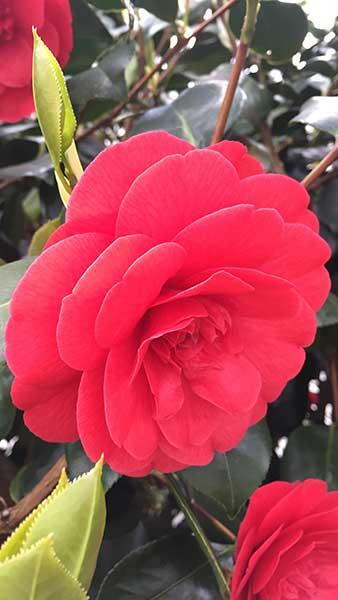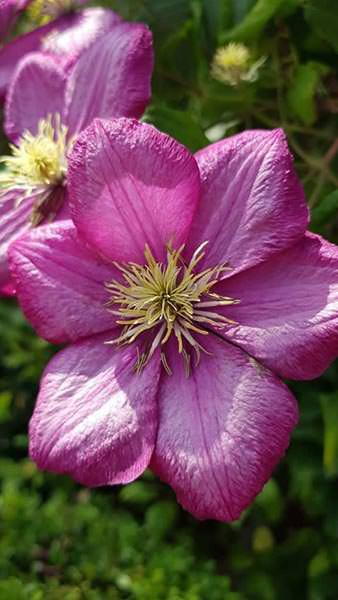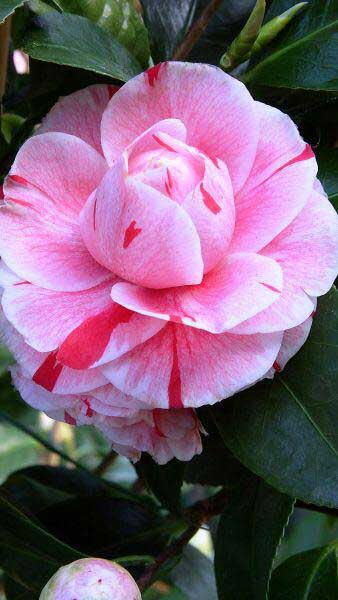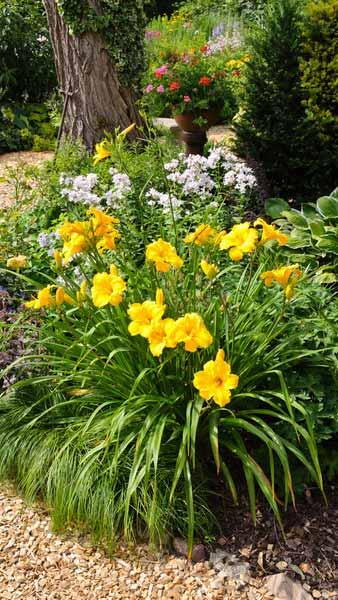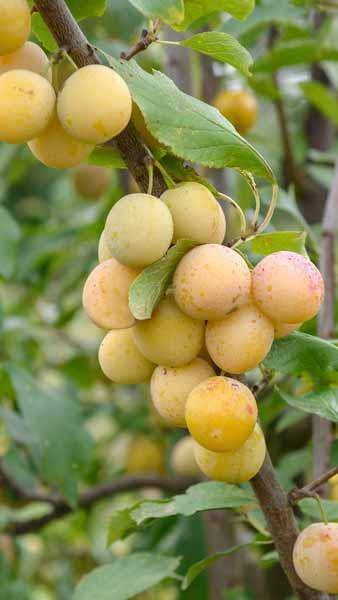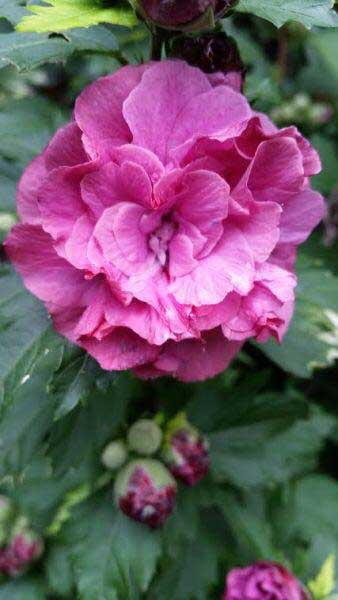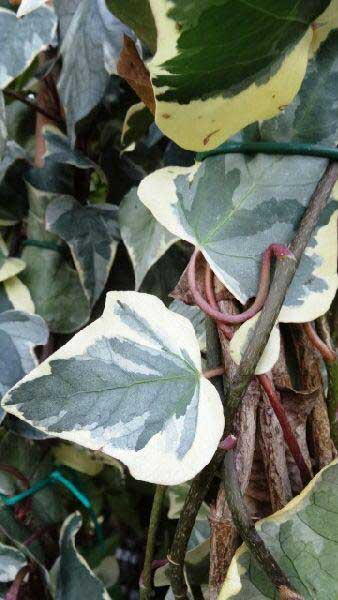Prunus Domestica Mirabelle de Nancy Plum or Mirabelle Plum
Prunus Domestica Mirabelle de Nancy or Mirabelle PlumConsidered a delicacy amongst plums, the heritage Mirabelle plums are small, round and have a particularly sweet flavour. A small deciduous tree, the Mirabelle de Nancy cultivar is one of the most popular varieties of plum, and it is believed to originate from the Lorraine region in France, where it has been cultivated since the 15th century. Its late season fruit is bright yellow, and is excellent when eaten fresh or cooked.In the spring, Plum Mirabelle de Nancy is at its loveliest. The whole tree is engulfed in masses of tiny, white blossoms, lightly scented and attractive to pollinators. The flowers are followed by a heavy crop of whitish Mirabelle plums that ripen to a honey-yellow colour. The fruit this tree produces is stone-free, both dessert and culinary, and has a sweet, sugary flavour.Height and Spread of Prunus Domestica Mirabelle de NancyWith an upright, bushy habit, this variety of Mirabelle Plum can grow to be 3 to 6 metres high, with a 2 to 4 metres spread.How Hardy Is Prunus Domestica Mirabelle de NancyExceptionally robust and sturdy, Plum Mirabelle de Nancy is fully hardy in the United Kingdom, and it can survive even in the severest European climates. Its blossoms have an excellent frost resistance, and can withstand subzero temperatures (up to 5 degrees below zero).How To Use Prunus Domestica Mirabelle de NancyPlum Mirabelle de Nancy is primarily grown for the heavy crops of its delicacy fruits, but its ornamental qualities are not to be overlooked. Its bushy appearance makes this fruit tree a good choice for wildlife gardens or as a specimen tree. Its breathtaking display of spring blossoms will leave no one indifferent! When it comes to Mirabelle plums, they are considered a real delicacy, and are one of the most used fruits for filling in French pastries, such as tarts, pies, cakes, or galette. They have a sweet, honey flavour and can be eaten fresh, or used to prepare preserves or eau de vie. Partially self-fertile, this cultivar will bear fruit if pollinated by insects, but, a pollination partner would encourage a better fruit production.How To Care For Prunus Domestica Mirabelle de NancyResilient and undemanding, Plum Mirabelle de Nancy will thrive even if neglected. This deciduous fruit tree does not require regular pruning to stay healthy or happy and will produce consistent, heavy crops of fruit even if not thinned. For best results, plant this cultivar in full sun, and in well-drained, medium fertile soil.With striking looks and delicious fruits, this Mirabelle plum variety is a welcome addition to any garden. Grow it in wildlife and cottage garden as a focus of interest, or solely for the honey-flavoured plums it produces.
